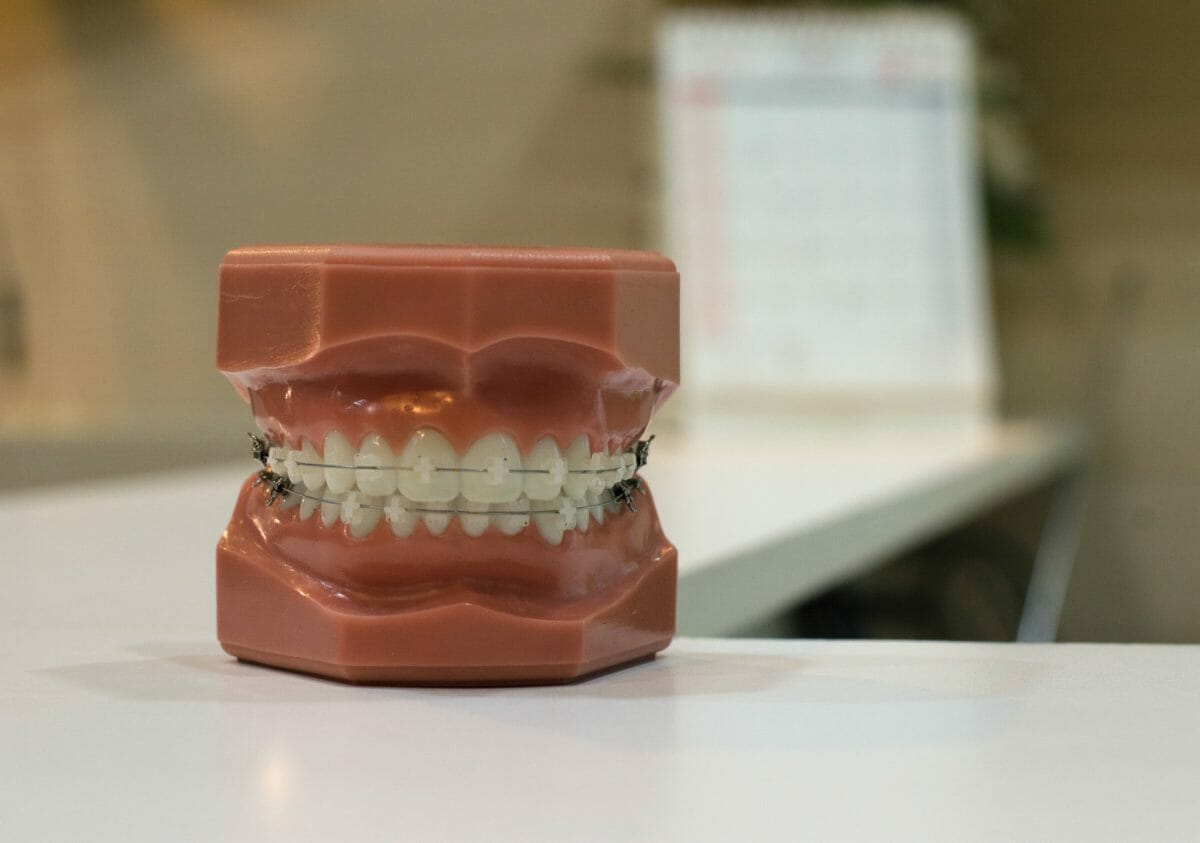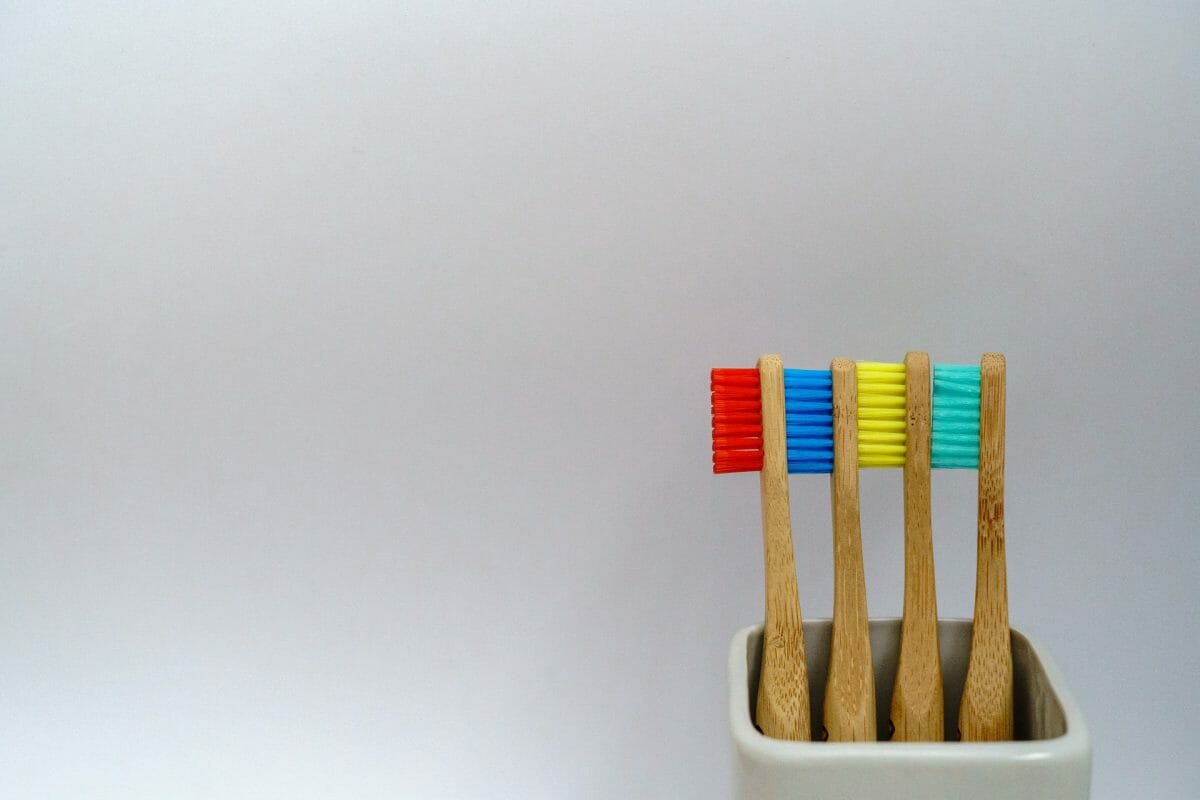Dental Costs in 2022 can be lowered, but how you ask?
Going to the dentist is a part of life. Patients require regular checkups at least once every six months to ensure they have healthy gums and teeth. Catching problems early is always easier than trying to fix them later.
But there’s a problem: the cost. Going to the dentist and getting teeth fixed isn’t cheap. Dentists are highly-paid professionals and have to operate to high standards by law, two factors pushing the price up considerably.
Consumers, though, are fighting back. They know that they need to go to the dentist regularly, but they are finding ways to get services for less. But what, specifically, are they doing? Let’s take a look.
Focusing More On Oral Hygiene
Perhaps the best way for patients to lower dental costs long-term is to focus on their oral hygiene. Regularly brushing with fluoride toothpaste and flossing are proven ways to reduce cavity and gum disease incidence.
For many patients, brushing their teeth isn’t something they do for oral hygiene’s sake. Instead, it’s a money-saving strategy. Brushing for a full two minutes and eliminating plaque from every surface is one of the best defenses against future oral health issues.
Electric toothbrushes appear superior in this regard to manual ones. These tend to clean tooth surfaces more thoroughly, particularly around the gumline, reducing the risk of disease development.
The vast majority of people do not floss regularly. However, studies suggest that using interdental brushes can reduce the instance of tooth loss and cavities in people who have gaps between the teeth.
Skipping oral hygiene routines leads to higher long-term dental costs. Many patients now realize that the short-term convenience isn’t worth it.
Getting Dental Insurance
For many people, avoiding buying dental insurance seems like a good idea in the short term. It helps them save a small amount of cash every month which they can put towards other things.
In the long-term, though, it’s a false economy. The moment something serious goes wrong with their oral health, they wind up with high bills they can’t pay.
That’s why savvy patients looking to lower their dental costs in 2022 get insurance. It protects them against large and unexpected bills and often brings down the total cost of dental care in the long term.
According to Guardian dental insurance, coverage is widely accepted across the country and customers can save as much as 35 percent compared to out-of-pocket. Furthermore, patients who choose insurance get access to support twenty-four-seven, letting them ask any questions they may have about their care.
Avoiding The Temptation To Do Nothing

It is incredibly easy to succumb to the temptation to do nothing when you have an oral health issue. Patients tell themselves that it will hurt for a while, and then go away.
Unfortunately, that’s not how most dental problems work. While pain is intermittent, many oral health issues get progressively worse over time. Cavities don’t hurt when they are small, but they become extremely painful once infected.
Likewise, the early stages of periodontal disease feel a bit like a regular toothache. However, as the disease progresses, the swelling worsens, and eventually, the surrounding tooth and bone tissue break down.
Savvy patients understand how dental problems work. Therefore, they go to the dentist as soon as they notice an issue. By doing this, they know that they are saving themselves both discomfort and money in the future.
Looking For Better Deals
While dentists provide medical services, they ultimately operate under the same economic gravity as any other business. To get patients, they need to offer the best services at the most affordable prices.
Most patients just stick with the dentist they’ve always had because that’s what they know. They assume that prices are the same from one practice to another, so they might as well stay with the dentist they already have a relationship with.
As in any other area of business, though, this attitude can lead to higher costs. Patients who stick with the same dentist never get to explore lower-priced options elsewhere.
The price of dental practice actually differs a great deal depending on the experience of the dentist. Services from student or trainee dentists tend to be significantly cheaper than those provided by more experienced practitioners. For instance, you could save as much as 50 percent on root canal treatments and fillings. Another way savvy patients are lowering their dental costs in 2022.
Asking Dentists For Better Payment Options
Savvy patients also talk directly to their dentist about prices, instead of just accepting whatever they quote. They explore payment plans or opportunities to break up treatment into a series of discrete stages, lowering the cost.
They also ask whether they can bundle treatments. For instance, your dentist may be willing to offer you a discount if you combine root canal treatment with gum shaving or tooth whitening. You might also get money off if you opt to get all your crowns or implants installed in the same session, instead of spreading them out over several weeks.
Savvy patients know that it never hurts to ask their dentist what deals they can offer. Dentists are often willing to lower the price slightly if it is convenient for them to do so.
You can also ask your dentist about the perks of paying a monthly installment plan and what they get for the price. Receiving recurring payments from patients is good for the practice because it makes their income more stable. However, it is also good for patients because it avoids unpredictable bills, particularly for high-cost items like tooth alignment, crowns, and implants.
Going For Regular Checkups
While going for regular checkups with experts like this dentist in Pasadena, implies a short-term cost, patients who do it are generally much better off in the long term. People who fail to get their teeth checked by medical professionals wind up paying higher bills for care, particularly later in life.
The price of a dental exam in the U.S. is only around $45. The cost of dental cleaning is $82. Incurring these costs every six months or so is affordable for the average American. However, the costs of other treatments are much higher. Extractions, for instance, can be up to $200, and implants can cost over $1,500 each.
Avoiding Damage
Poor diet and lack of oral hygiene are the two leading causes of oral health issues. However, damage is the next most common issue, and often the most expensive to fix. Chipped, cracked, or broken teeth often require dentists to use advanced techniques to put them right.
For this reason, smart patients take precautions to keep their teeth safe. For instance, they avoid chewing on hard objects, like rock candies, ice, and popcorn kernels. They also wear a well-fitting mouthguard while playing sports, like football. They may even protect their teeth while engaged in certain fitness activities, such as cycling or climbing where tooth damage is a significant risk during accidents.
Patients know that they cannot eliminate the risk of damage entirely – some will always remain. But they can reduce it significantly by making better choices.
Conclusion
With the price of dental care rising due to inflation and other factors, people are looking for ways to lower their dental costs in 2022. The best strategy is to simply take care of your teeth, negating the need for more expensive dental care.
Most dental insurance plans focus on prevention rather than cure. Many offer free check-ups twice per year so your dentist can look for signs of gum disease or tooth decay.
Being savvy about your dental care can lead to significant savings in the long-term. Savvy patients aren’t afraid to spend money upfront if it means a lower chance of higher dental costs in the future.
